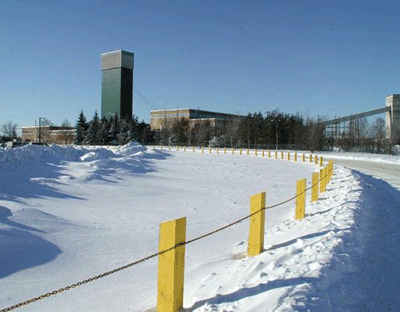Conclusive new evidence that neutrinos change ‘flavour’ on their way from the Sun to the Earth has been announced by physicists at the Sudbury Neutrino Observatory in Canada. The latest results make it 99.999% certain that solar neutrinos ‘oscillate’ in this way, a phenomenon that was first detected in 2001. Particle physicists will now be able to establish the properties of neutrinos – and their role in the Standard Model – with much greater certainty.

Neutrinos have no charge and very little mass, and come in three ‘flavours’ – electron, muon and tau. Solar scientists believe that nuclear reactions in the Sun create electron neutrinos, but they had been puzzled by a shortfall in the number of electron neutrinos detected by experiments on Earth. Last year’s results showed that this shortfall – known as the solar neutrino problem – arises because some of the electron neutrinos change into muon and tau neutrinos as they travel to Earth.
“These new results show in a clear, simple and accurate way that solar neutrinos change their type,” says project director Art McDonald of Queen’s Univeristy in Canada. “The total number of neutrinos we observe is in excellent agreement with calculations of the nuclear reactions powering the Sun”.
The 99.9% certainty of the 2001 results was surpassed because the new data were collected in a single experiment at the Sudbury Neutrino Observatory (SNO). In contrast, the earlier discovery was a joint effort by SNO and the SuperKamiokande collaboration in Japan. “Whenever a conclusion relies on two experiments, it is twice as hard to be certain that you understand what is going on,” says Dave Wark of the University of Sussex, UK spokesman for the SNO experiment.
Many physicists believe that last year’s results confirmed the discovery made in 1998 by the SuperKamiokande collaboration that neutrinos – previously thought to have no mass – in fact have a small mass. But Wark says that the new findings open up more “revolutionary” explanations for neutrino oscillation. The SNO team has submitted its results to the journal Physical Review Letters.



